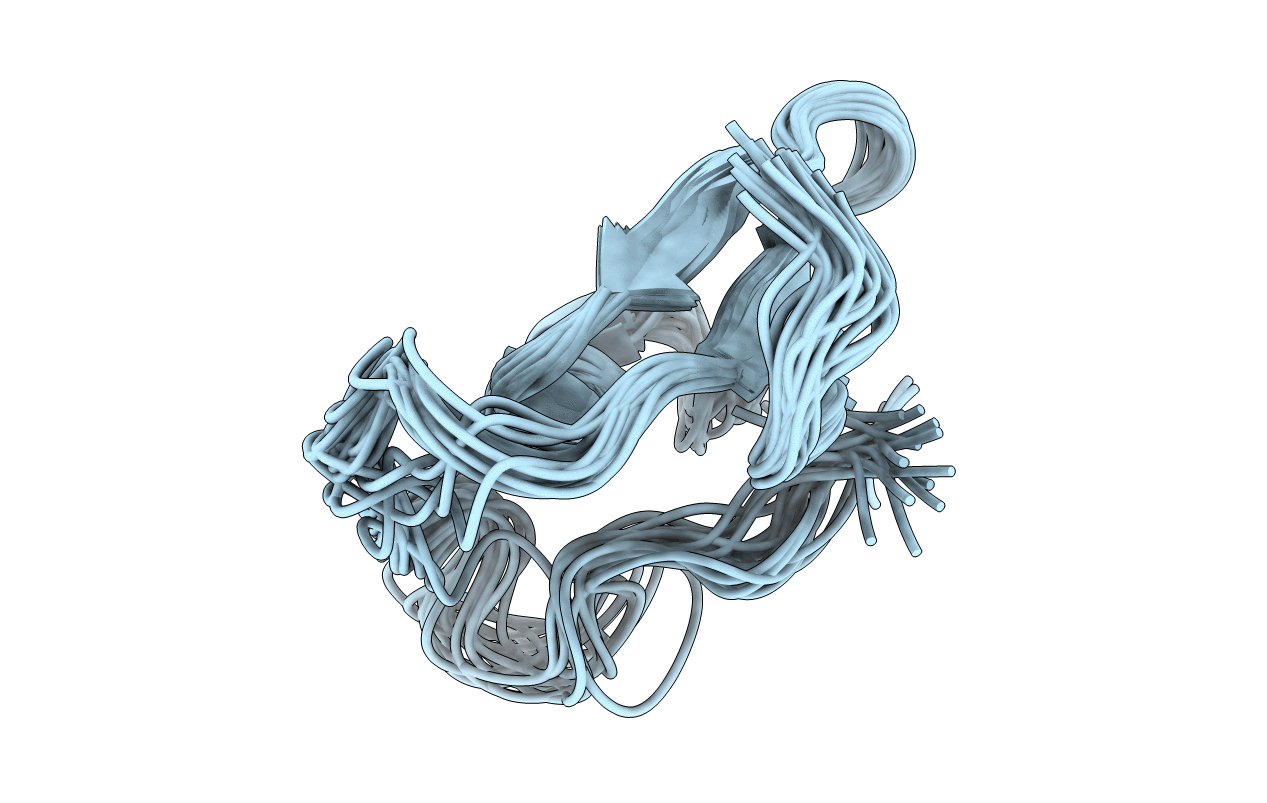
Deposition Date
2002-04-19
Release Date
2002-08-28
Last Version Date
2024-10-09
Method Details:
Experimental Method:
Conformers Calculated:
100
Conformers Submitted:
20
Selection Criteria:
structures with the lowest energy


